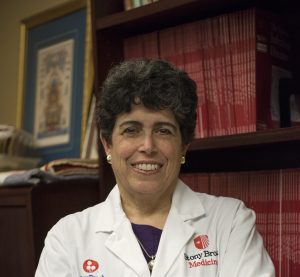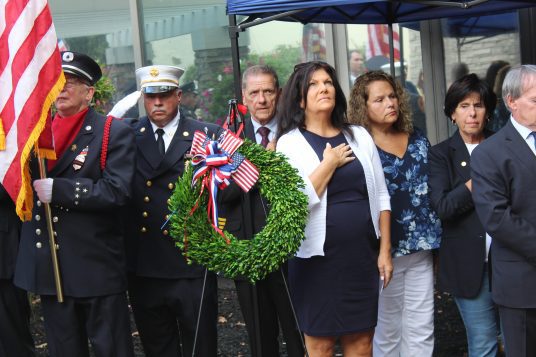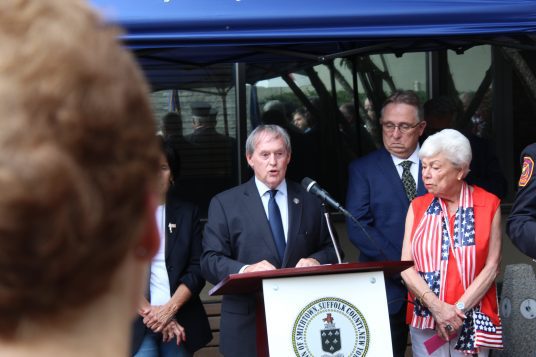As Election Day nears, it is becoming increasingly evident that our local elections here in Suffolk County will hinge upon the people’s vision for wastewater treatment.
The state of our wastewater systems is a crucial policy concern for residents and environmentalists alike. Our existing system of disparate sewer districts and individually operated septic tanks is inadequate, impairing our environment, drinking water and quality of life.
Responsible wastewater treatment countywide can ensure our communities remain clean, healthy and safe. However, as years pass, our county’s wastewater infrastructure will continue showing its age — and the consequences could be devastating.
The first and most immediate impact of deteriorating wastewater infrastructure is public health. A failure to address these issues could result in an uptick in health crises, increasing the demand for health care services and leading citizens to question the competence of local governments to meet even their most basic human needs.
Residents expect their elected officials to take proactive approaches in maintaining critical infrastructure. If this does not happen, it can erode trust in government.
Our people ask for clean drinking water. We desire fewer fish kills and algal blooms in our local surface waters. Perhaps above all, our citizens long for political representation that actually advances their needs over the wants of powerful, monied interests that finance political campaigns in this county.
Money talks in Suffolk County, as elsewhere. Powerful special interest groups here — notably developers and organized labor — often curry favor with politicians. For developers, sewers allow for increased building height and density. For labor unions, sewers produce lucrative government contracts.
As we inch closer to November, we remind prospective officeholders that they must be careful not to allow campaign contributors to drive policy, that the people are the prime movers of our democracy.
The paramount stakeholder group in this election is the taxpaying citizens of Suffolk County. Though not cutting large campaign checks, this group will be the ultimate judge deciding who ascends to county office.
Shamefully, the county Legislature failed to put the Suffolk County Water Quality Restoration Act on November’s ballot. So, this election season voters must listen carefully to candidates from both major parties. Only those who demonstrate a firm commitment to the popular will should earn our votes.
Candidates must develop a plan for modernizing our wastewater infrastructure. They should be prepared to answer difficult questions on this most critical issue, demonstrating their commitment to the betterment of our county.
To our fellow residents, listen closely during this election cycle, especially to conversations surrounding wastewater.










































